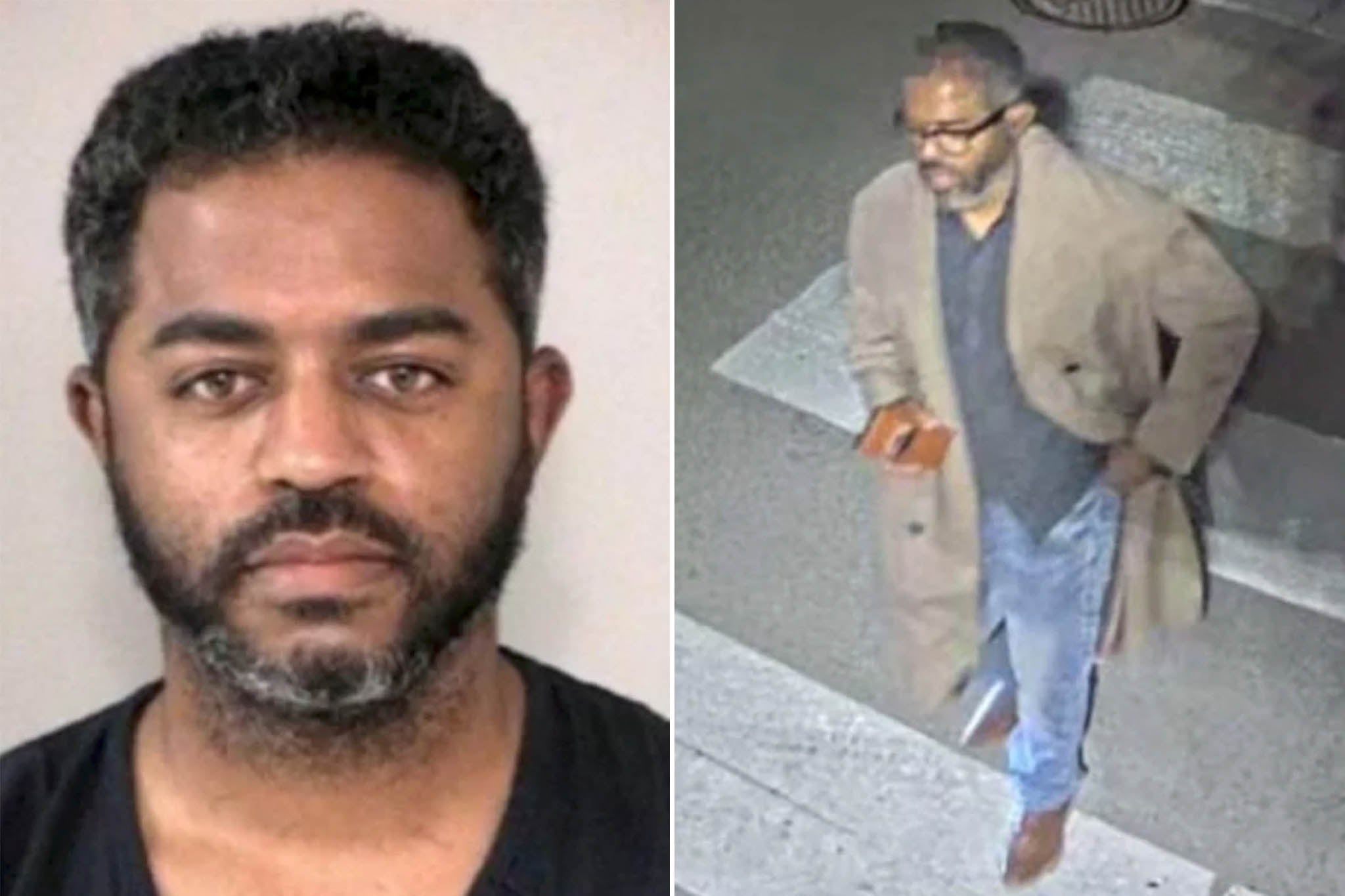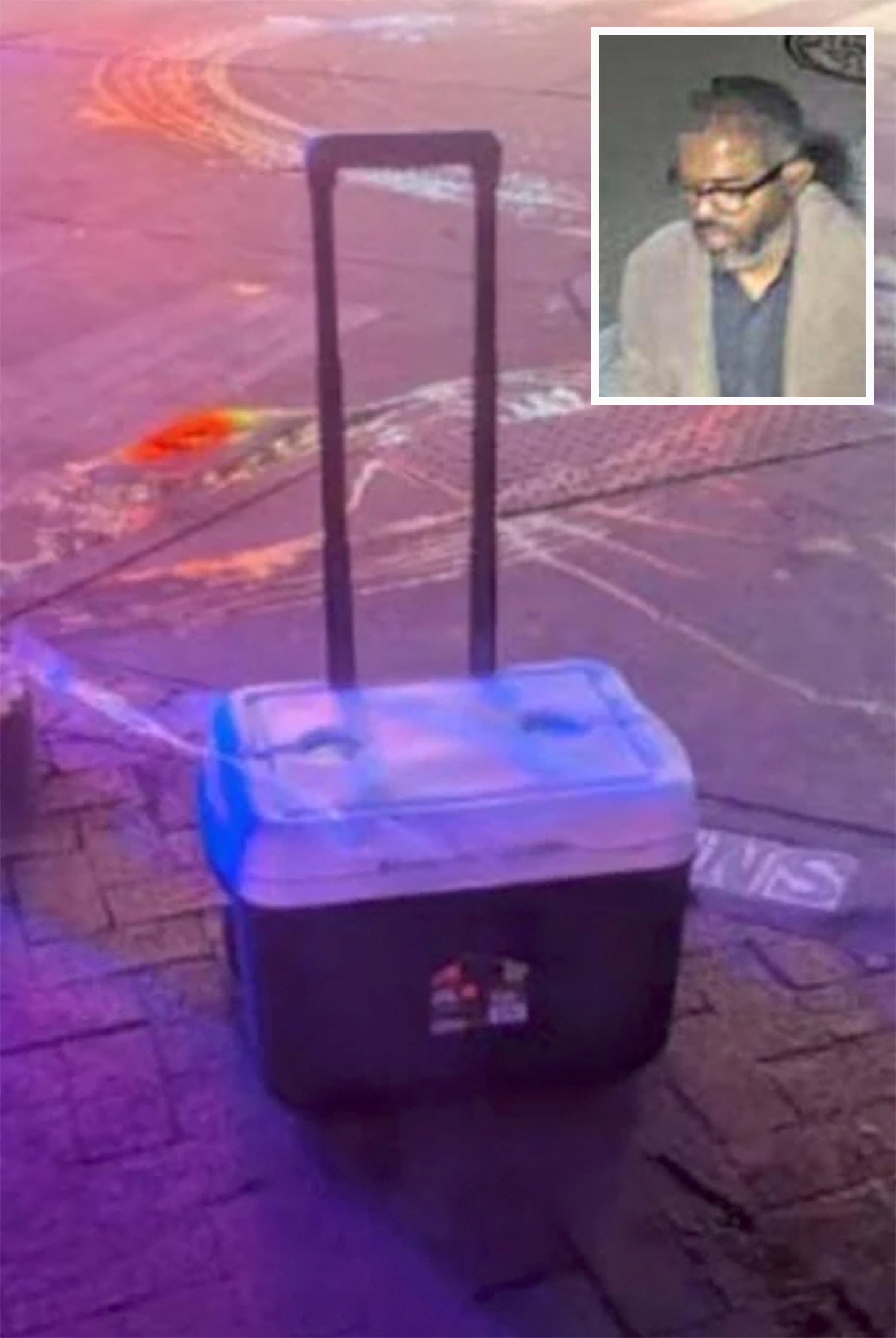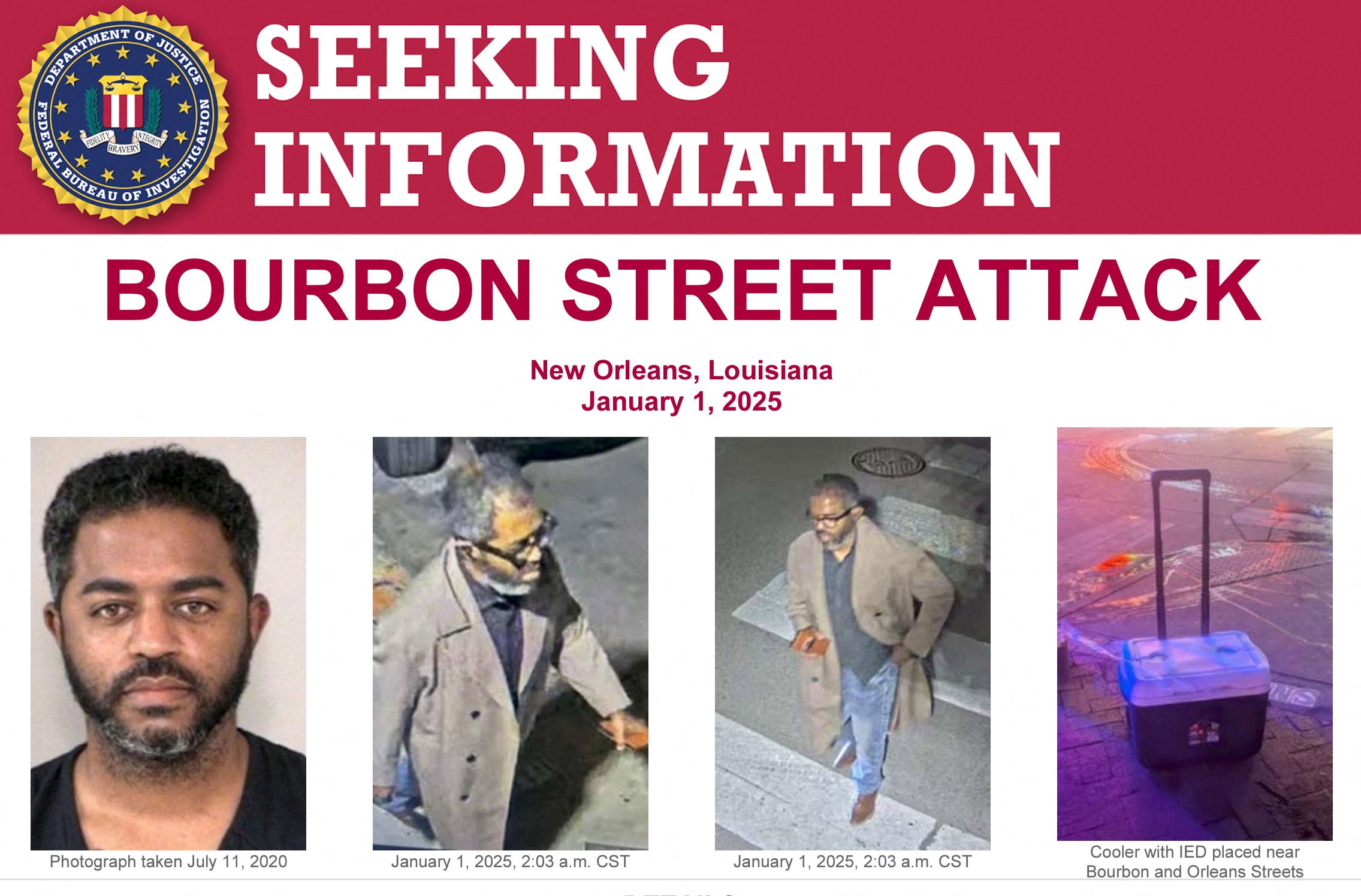Shamsud-Din Jabbar, the Texas man who drove a truck through a crowd of New Year’s revelers in New Orleans, visited the city at least twice in the months leading up to the massacre, using Meta smart glasses to record a video as he traveled the length of Bourbon Street, later the site of his attack.
Following the October and November trips to New Orleans, Jabbar returned to the city ahead of New Year’s celebrations and carried out his plan, killing 14 people and injuring scores of others.
Jabbar was shot and killled by police in the aftermath.
Investigators recovered the glasses from Jabbar’s body at the scene and don’t believe he enabled their live-streaming capacity during the truck massacre.
The AI-enabled glasses allow users to make calls, take photos, and record videos. Their use may speak to Jabbar’s tech savvy.
The U.S. Army veteran served in information technology roles in the military, and later at the prominent professional services firms Deloitte and Ernst & Young.

Despite Jabbar using high-tech tools to surveil the future scene of the attack, investigators said his inexperience with explosives meant a second phase of the plan, using improvised explosive devices placed around the French Quarter, was not realized.
Unable to obtain military-grade detonators, Jabbar planned to use an electric match to set off two coolers containing explosives he put in place ahead of the truck attack, but the Texas man never set them off.
“He didn’t use the right or correct device to set it off,” Joshua Jackson, special agent in charge of the New Orleans office of the Bureau of Alcohol, Tobacco, and Firearms, said during a press conference on Sunday. “That is just indicative of his experience and lack of understanding of how that material might be set off.”
Jabbar was able to legally buy the guns he used in the attack, including a semi-automatic pistol and a rifle purchased in a legal private sale in Texas.

Investigators recovered what appeared to be multiple privately made silencers for the weapons, including one found at a New Orleans-area rental home where Jabbar was staying at the time of the attack.
The Texas man attempted to set fire to the building as headed out to the French Quarter, but the blaze ran out of fuel and smouldered until firefighters put it out the morning of the attack.
Investigators recovered bomb-making materials that matched those found in Jabbar’s Houston, Texas, home, according to the FBI and ATF.
The FBI is scrutinizing Jabbar’s travels, in addition to the implements he used in the attack.
Officials say Jabbar traveled to Egypt for nearly two weeks in June and July 2023, then traveled to Ontario, Canada, that July.
“We’re looking at who he encounters during those trips, who is he meeting with, where has he traveled within those countries,” Lionel Myrthil, special agent in charge of the FBI New Orleans office, said during the press conference.

“We can’t rule out whether he received any type of assistance,” Myrthil added, though he noted investigators so far only have evidence Jabbar acted alone.
The FBI is also interviewing potential witnesses in the Tampa, Florida, and Atlanta, Georgia, areas, investigators said.
Biden’s visit to New Orleans comes as the city is trying to determine whether it could’ve done more to prevent the truck attack, and as it prepares to host high-profile events like the Super Bowl next month.
As The Independent has reported, a series of barricades designed to prevent cars from driving down parts of Bourbon Street had been removed and were not in place when the attacker sped into the French Quarter.
The bollards, which officials said frequently malfunctioned due to debris like Mardi Gras beads stuck in their machinery, were in the middle of being replaced as part of an infrastructure upgrade to prepare for the Super Bowl.
New Orleans mayor LaToya Cantrell said Sunday she requested assistance from the White House to analyze the city’s security infrastructure and bolster any weak points.







